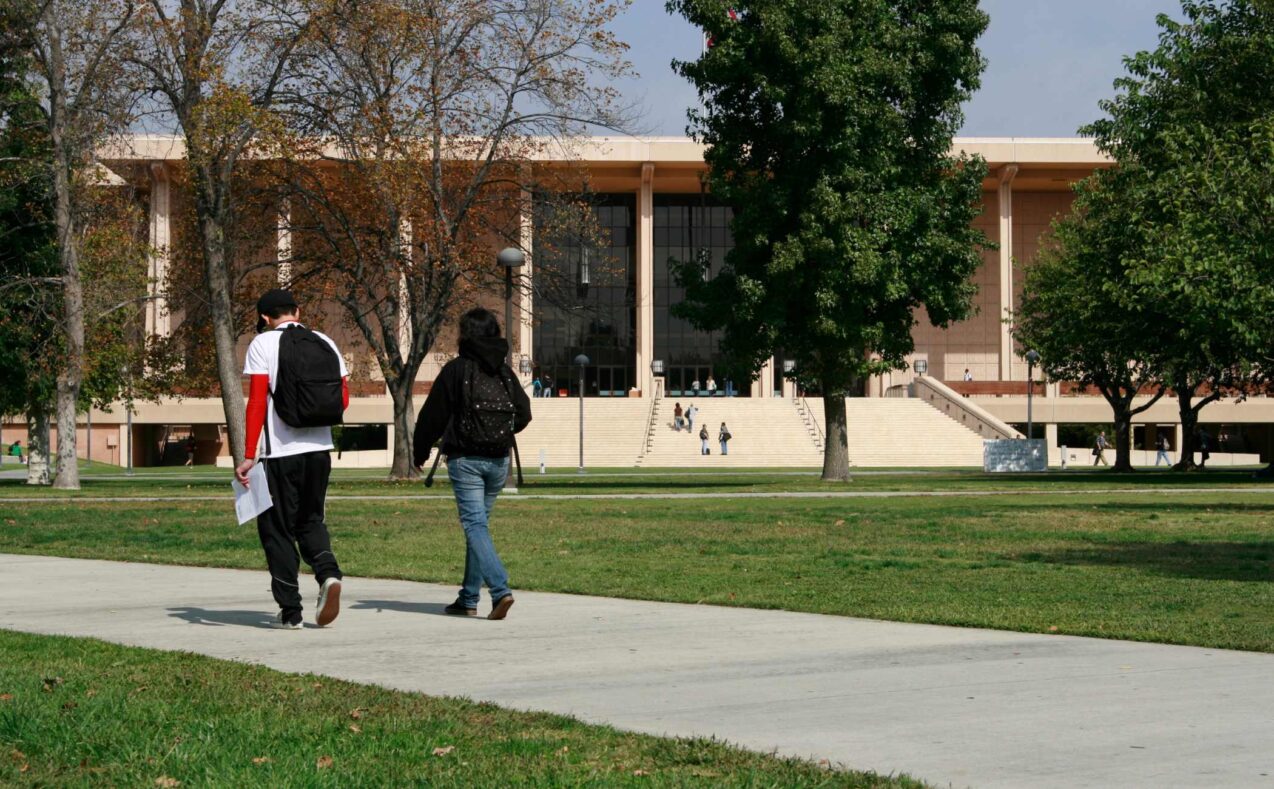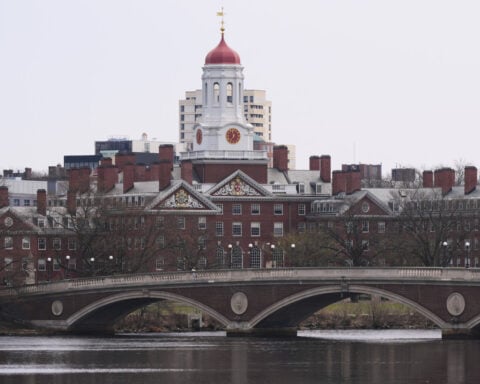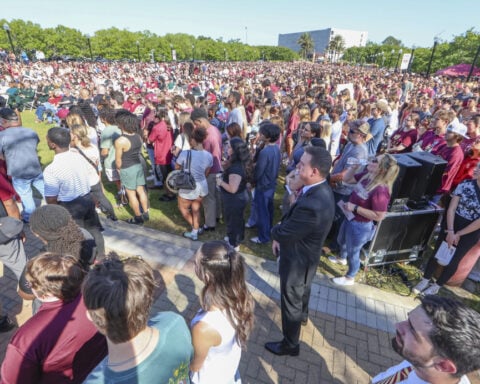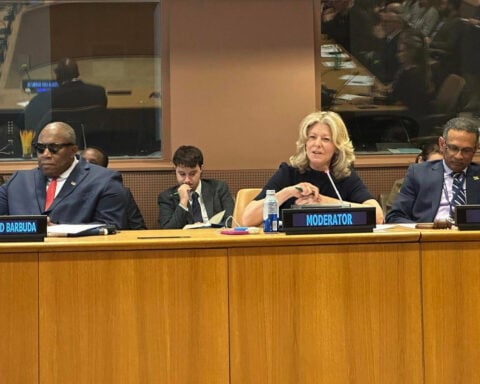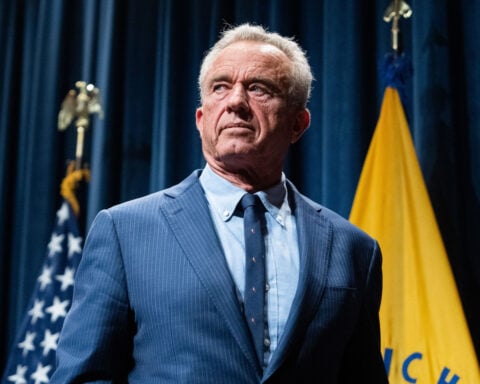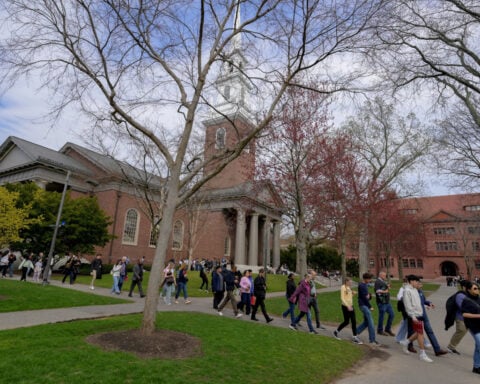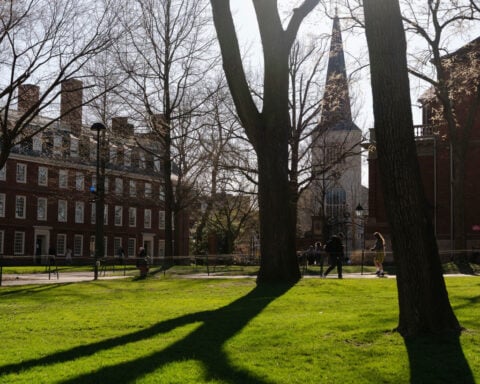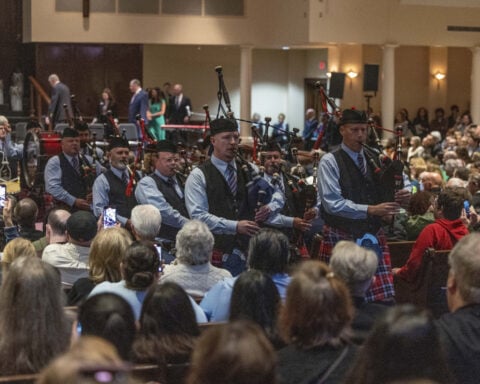SACRAMENTO, Calif. — Students and faculty across California's public universities are confronting unsafe and deteriorating campus conditions, as the University of California and California State University systems face a combined $17.4 billion deferred maintenance backlog.
Despite repeated calls for long-term solutions, state support has proven inconsistent, exacerbating problems in aging academic buildings and threatening the integrity of public higher education across the state.
According to the California Legislative Analyst's Office (LAO), as of the 2023–24 academic year, the University of California system reported $9.1 billion in deferred maintenance needs, while the California State University system reported $8.3 billion. These figures reflect long-standing issues stemming from aging infrastructure and the increasing costs of repairs, which are outpacing available funding.
The UC operates 63 million square feet of academic space across 10 campuses, while the CSU system spans 43 million square feet across 23 campuses. A majority of these buildings are over 30 years old, contributing to the escalating maintenance needs. Infrastructure failures, including broken plumbing, leaky roofs, and unreliable electrical systems, have become more frequent and costly to repair.
The impact on students is direct and growing. At CSU Fresno, where around 62% of campus buildings are over 60 years old, faulty air conditioning has left students struggling to concentrate in classrooms during extreme heat.
"When it gets to be 110 [degrees] here, it can be really, really hot, and there's not always accommodations that are made for students and for the faculty," Faith Van Hoven, a fourth-year philosophy major, said. She described relying on a small personal fan that does little to cool her.
Some students, like Frederick Lisitsa, have simply chosen to avoid attending in-person classes under such conditions. "I do not stay in that class. I'm like, 'I will do the homework, but I'm gonna go home,'" she said.
The backlog isn't limited to climate control issues. At UC Davis, the neurobiology lab run by Professor Carolynn Patten is located in Hickey Gymnasium. In this 86-year-old building, heating, ventilation, and air conditioning (HVAC) systems frequently fail. Patten said temperatures indoors often fall below safe levels in winter and climb dangerously high in summer.
"We will be working indoors in outdoor jackets, hats, gloves," Patten said. She explained her $2 million worth of temperature-sensitive research equipment becomes unusable during warmer months. Rats have also chewed through critical cabling, forcing the lab to suspend operations and costing Patten her research funding.
Mark Zakhour, associate vice president of CSU Long Beach building services, said the absence of consistent state funding has compounded the problem. "We have not seen any designated facility deferred maintenance-related funding from the state for a few years now, which has exacerbated critical issues as our campus continues to age," he said.
From 2015 to 2023, the state provided $689 million to UC and $784 million to CSU for deferred maintenance, much of it coming from a one-time allocation in the 2021–22 budget. In contrast, Gov. Gavin Newsom's proposed 2025–26 budget does not include any money for maintenance or infrastructure California Department of Finance.
In 2013 and 2014, state legislation allowed the UC and CSU systems to issue bonds to fund capital projects, enabling them to finance more than $2.9 billion in improvements. However, this approach requires debt repayment from general operating budgets, limiting the systems' flexibility to address ongoing needs.
"We've got to figure out some different strategy, some alternative for this because our buildings are in really bad shape," said CSU Trustee Jack McGrory at a September board meeting.
Inflation has further driven up the cost of repairs, increasing the backlog annually by nearly $400 million at CSU alone, according to Steve Relyea, executive vice chancellor and chief financial officer of CSU.
Experts say preventive maintenance could help reduce long-term costs, but current funding models do not account for future replacements of critical systems. "If you don't do the proper preventive maintenance, you shorten the life cycle of these things, so then they become deferred maintenance," said Clint Lord, associate vice chancellor of facilities at UC Davis.
Shawn Holland, chief of Facilities Operations at CSU, said past funding practices neglected to account for future renewal. "What they never considered was, 'What does it cost to renew that building 20 years later?'" Holland said.
Facilities that generate revenue, such as dormitories and parking structures, have built-in funding for future upgrades. Academic buildings do not, leading to mounting costs with no dedicated revenue stream to address them.
A new effort is underway to find long-term solutions. Assemblymember David Alvarez introduced Assembly Bill 48, which could place a bond measure on the 2026 ballot to raise funds for infrastructure repairs in both systems. While the bill does not yet specify an amount, Alvarez said the goal is to show voters the value of reinvesting in higher education facilities.
"We have to go back and really explain to the voters why this [bond] is important and why we should invest in higher education facilities," Alvarez said.
The last successful higher education bond was in 2006 when voters approved $3.1 billion for infrastructure upgrades across community colleges, CSU, and UC campuses. In 2020, voters rejected Proposition 13, a $15 billion bond that would have allocated $2 billion each for UC and CSU.
UC and CSU were included in early drafts of Proposition 2 – a school bond passed in 2024 – but were removed before the final version to reduce the size of the proposal. "Going forward, UC will be exploring other options to address our construction, renewal, and deferred maintenance needs," UC spokesperson Heather Hanson said in an emailed statement.
"Now we are impacting people's ability to go to class, to go to their office, to do research," said Matt Gudorf, assistant vice chancellor of facilities at UC Irvine. "It not only costs facilities more money, but you're disrupting the whole mission of the university, and that's a huge issue."
With students enduring triple-digit heat in classrooms, labs shutting down due to rodent damage, and costly repairs deferred year after year, the problem is no longer a matter of upkeep — it's a question of how California plans to sustain the quality and safety of its public higher education system.

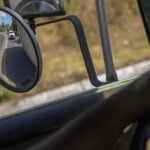 Trump has begun another trade war. Here's a timeline of how we got here
Trump has begun another trade war. Here's a timeline of how we got here
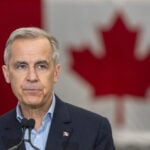 Canada's leader laments lost friendship with US in town that sheltered stranded Americans after 9/11
Canada's leader laments lost friendship with US in town that sheltered stranded Americans after 9/11
 Chinese EV giant BYD's fourth-quarter profit leaps 73%
Chinese EV giant BYD's fourth-quarter profit leaps 73%
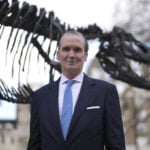 You're an American in another land? Prepare to talk about the why and how of Trump 2.0
You're an American in another land? Prepare to talk about the why and how of Trump 2.0
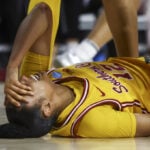 Chalk talk: Star power, top teams and No. 5 seeds headline the women's March Madness Sweet 16
Chalk talk: Star power, top teams and No. 5 seeds headline the women's March Madness Sweet 16
 Purdue returns to Sweet 16 with 76-62 win over McNeese in March Madness
Purdue returns to Sweet 16 with 76-62 win over McNeese in March Madness
